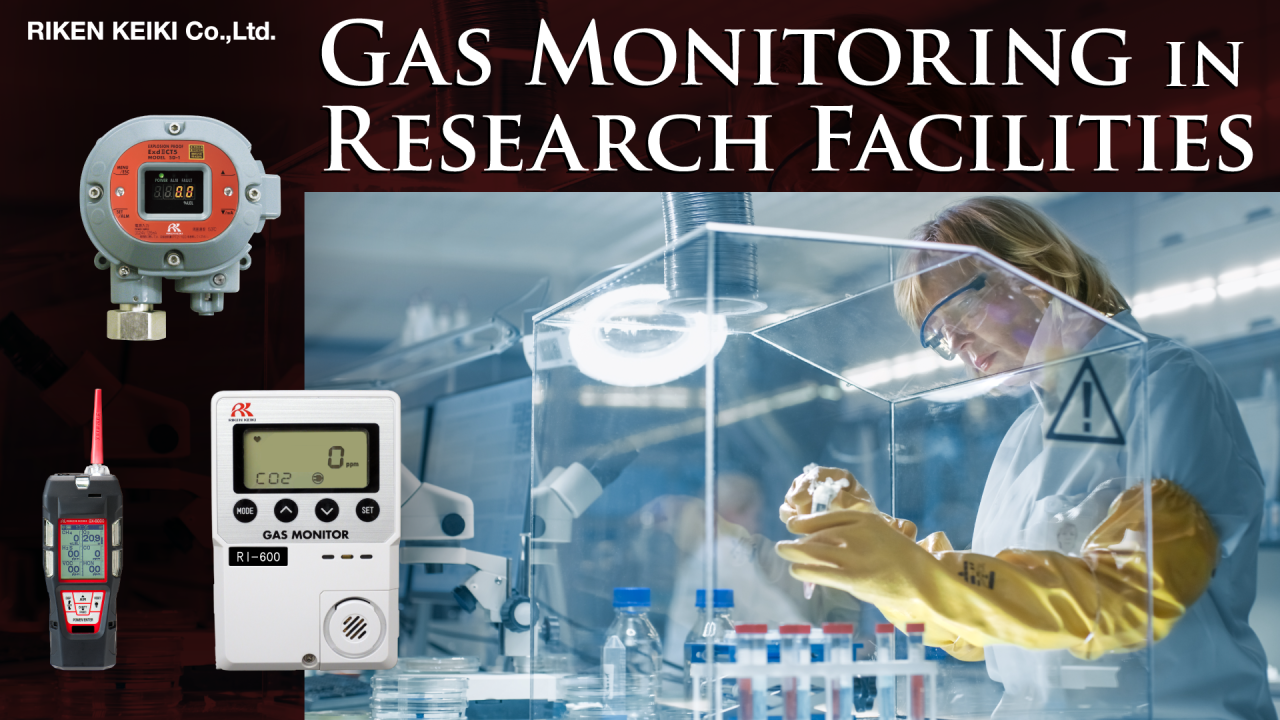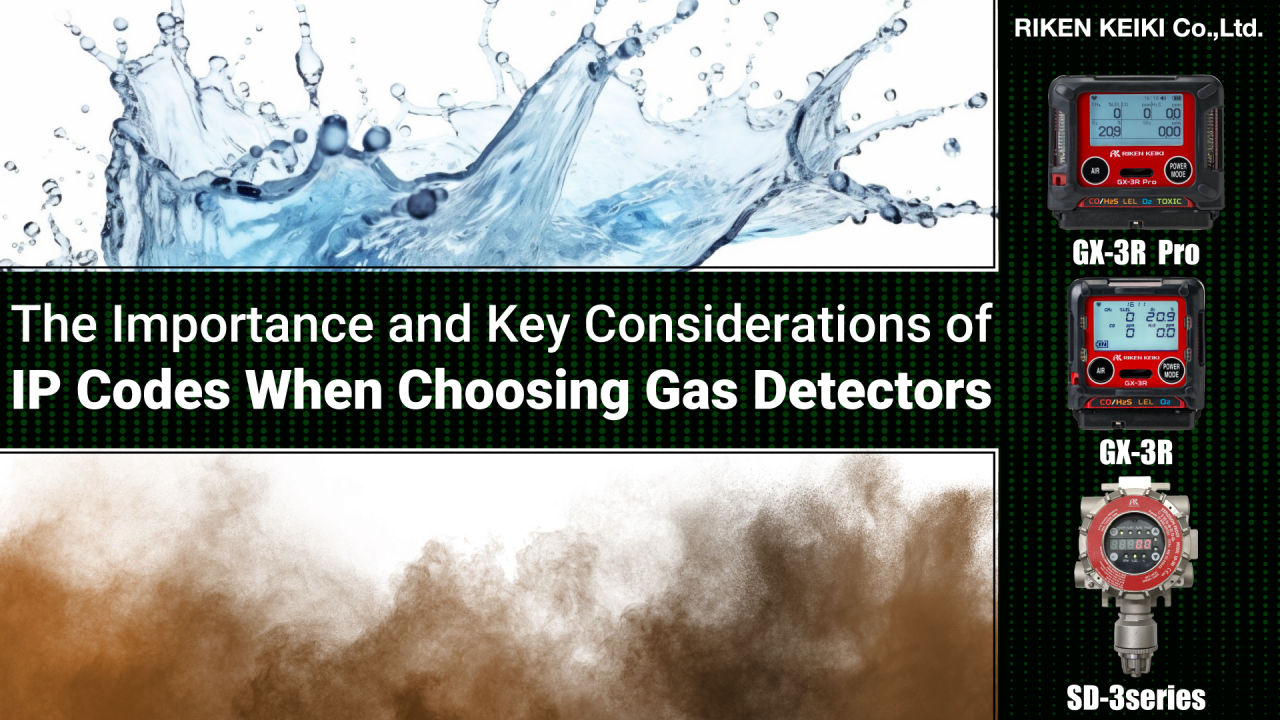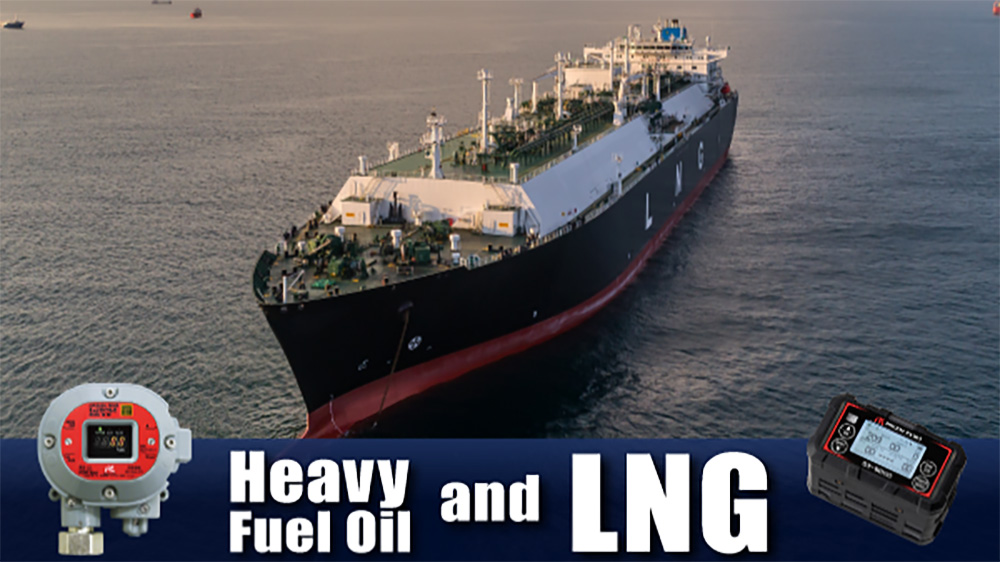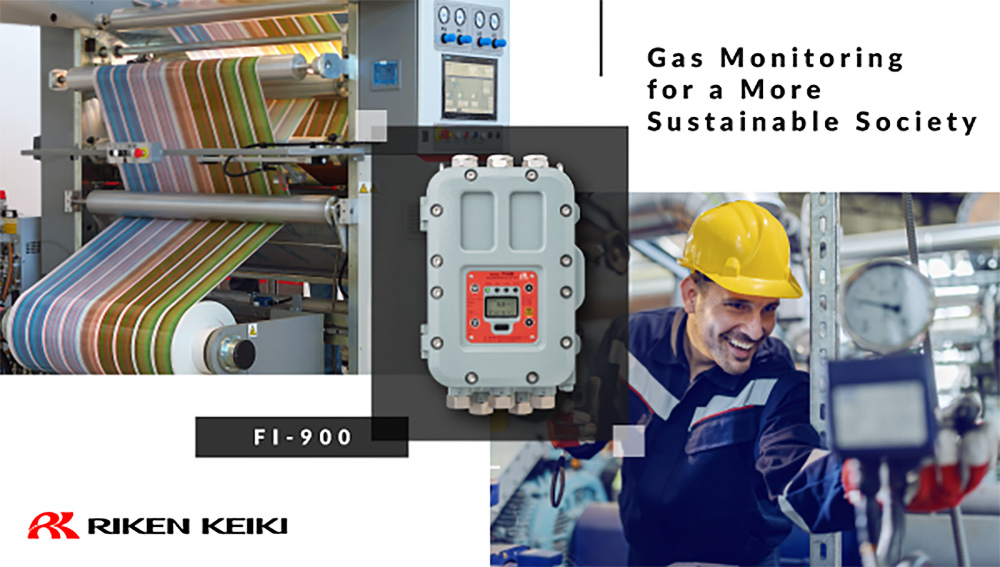Gas Monitoring in Research Facilities

Table of Contents
Gas Detection and Research
As already mentioned in previous articles, gas detection plays a vital role in a variety of industries such as the energy, semiconductor manufacturing, and marine sectors, as well as in confined spaces.
But these industries are only possible thanks to the years of research which lay the scientific foundations for the technologies they use. Gas detection is crucial, then, not only during industrial processes such as production and emissions management, but also throughout the research process itself.
Gas detection in research facilities is carried out primarily for two main purposes:
①As analytical equipment for collecting research data
② Safety management:
- Preventing gas explosions
- Preventing gas poisoning
- Preventing oxygen deficiency
We already discussed one example of how gas detection technology has been used as analytical equipment in materials research in archaeology in a previous column here.
In this article we would like to focus on gas detection for safety management in the research field, including a brief discussion of the main gas-related risks and hazards found in research facilities as well as some of Riken Keiki’s own solutions.
Safety Management in Research Facilities
Dry Ice
- Background: Dry ice is widely used in research facilities for the purpose of preserving reagents and samples.
At room temperature, dry ice undergoes the process of sublimation whereby it transforms into colorless, odorless carbon dioxide (CO₂) gas in the air. - Gas Properties: While CO₂ is toxic in and of itself, increased CO₂ levels also cause oxygen levels in the air to decrease, potentially resulting in oxygen deficiency. Symptoms of both carbon monoxide poisoning and oxygen deficiency can be difficult to detect.
This is very dangerous, as this puts workers at risk of losing consciousness before they are even able to identify that there is a problem.
Because CO₂ is heavier than air, it tends to build up more easily in poorly ventilated laboratories and confined spaces. - Safety Measures: In facilities which use dry ice, it is essential to ensure proper ventilation at all times as well as to perform real-time monitoring of CO₂ and O₂ levels in the air.
Gas Cylinders for Research Purposes
- Background: Gas cylinders contain many combustible and toxic gases often used for research purposes.
- Gas Properties: Consideration must be given to the specific gravity of combustible gases when determining where to place gas detection equipment.
Gases with a lower specific gravity such as hydrogen are best detected near the top of the cylinder, whereas gases with a higher specific gravity such as LPG are best detected near the bottom (within 30cm of the floor).
While detection of toxic gases and preventing oxygen deficiency depends on the specific gravity of the gas and placement location, it is also advisable to use gas detection equipment within what is known as the breathing zone (about 1.5m above the ground). - Safety Measures: To minimize the potential hazards of gas cylinder leaks we must implement a gas detection and alarm system which allows for immediate detection.
Periodic inspections and maintenance are necessary to ensure worker safety; for example, checking cylinder valves and connections for signs of deterioration as well as thorough calibration of gas detection equipment.
Gloveboxes
- Background: A glovebox is a sealed container filled with an inert gas such as nitrogen used for manipulating chemical substances which require a highly controlled atmosphere.
- Gas Properties: If nitrogen from within the glovebox leaks out into the work environment it can cause oxygen levels to drop, putting workers at risk of hypoxia.
Tightly sealed gloveboxes in particular can see oxygen levels in the air drop rapidly even in the event of minor leaks.
In addition, organic solvents used within the glovebox can emit volatile organic compounds (VOCs), putting workers at risk of gas poisoning. - Safety Measures: To minimize the risk of oxygen deficiency, the use of gas detection equipment capable of continuous monitoring of O₂ levels equipped with an alarm function is advised
A VOC gas detector is also required to prevent toxic gas poisoning from volatile organic compounds.
Fume Hoods
- Background: A fume hood is a critical exhaust ventilation device through which any toxic gases released when working with organic solvents are exhausted into the atmosphere, ensuring the safety of researchers and other workers by preventing exposure to harmful fumes.
- Gas Properties: Insufficient exhaust of fumes can allow gases to build up in the air, creating hazards such as gas poisoning or explosions.
Higher concentrations of combustible VOCs pose an increased risk of explosion when exposed to a source of ignition. - Safety Measures: It is vital to prepare for eventualities such as a fume hood malfunction or leakage of highly hazardous gases by installing VOC gas detectors and monitoring the work environment in real time.
Our Solutions

A wide variety of gases are used at research facilities, and with these gases come an array of invisible risks.
But by minimizing risks such as explosions, gas poisoning or oxygen deficiency, you can also minimize expenses such as medical costs and loss of income due to downtime in the event of an accident.Using the right gas detection equipment allows you to detect any harmful gases early and alert workers in time. Here at Riken Keiki, we offer a diverse range of gas detection solutions designed to meet the needs of research facilities.
Portable CO₂ Gas Monitor【RI-600】
Choose from 5 different CO₂ detection ranges: 0-2000, 0-5000, or 0-10,000ppm, or 0-2 or 0-5vol%. This versatile gas monitor is perfect for use in a wide range of applications where CO₂ may be present, such as preventing carbon dioxide poisoning when using dry ice to preserve samples.
Choose from AC or DC power supply options. LCD display flashes green, orange or red for easy visual verification of current operating conditions.
Explosion-Proof Fixed Gas Detector Head 【SD-1】
This explosion-proof fixed gas detector head allows for continuous monitoring of combustible gases in the atmosphere, toxic gas leaks, as well as oxygen levels in the air.
Choose from a lineup of diffusion, suction, or duct insertion sampling types to meet your individual needs.
Use with an external pump for suction-type detection in work environments which lack space for gas detector placement or in high places where maintenance work cannot be performed.
Can be used in applications such as preventing explosions caused by combustible gas leaks from gas cylinders.
Portable Multi-Gas Monitor【GX-6000】
This portable multi-gas monitor allows for simultaneous detection of up to 6 different gases including combustible gases, oxygen, hydrogen sulfide, carbon monoxide, VOCs and more.
Use with a photoionization sensor (PID) to measure over 660 chemical substances – ideal for environments such as research facilities where multiple gases are used or emitted.
Suitable for a variety of applications such as, for example, preventing toxic gas poisoning due to volatile organic compounds (VOCs) from organic solvents emitted from fume hoods.
Available in a variety of languages including English, French, Spanish and more – perfect for facilities with researchers from a diverse variety of linguistic backgrounds.
PRODUCTS
.png)
Product type |
Fixed Gas Detector |
|---|---|
Applications |
|
single/multi |
Single |
.jpg)
Product type |
Portable Gas Detector |
|---|---|
Applications |
|
single/multi |
Multi |

Want to hear from an expert?


You may also be
interested in

The Importance and Key Considerations of IP Codes When Choosing Gas Detectors
Learn why IP codes matter when choosing gas detectors. Discover how dust and water resistance ensure reliable performance and worker safety in harsh environments.

Heavy Fuel Oil and LNG
Heavy fuel oil powers global shipping with efficiency, affordability, and safety—maximizing cargo space and enabling long-distance voyages.

Gas Monitoring for a More Sustainable Society
Riken Keiki aids sustainability with gas monitors, supporting circular economy efforts and eco-friendly manufacturing practices.
Publications





